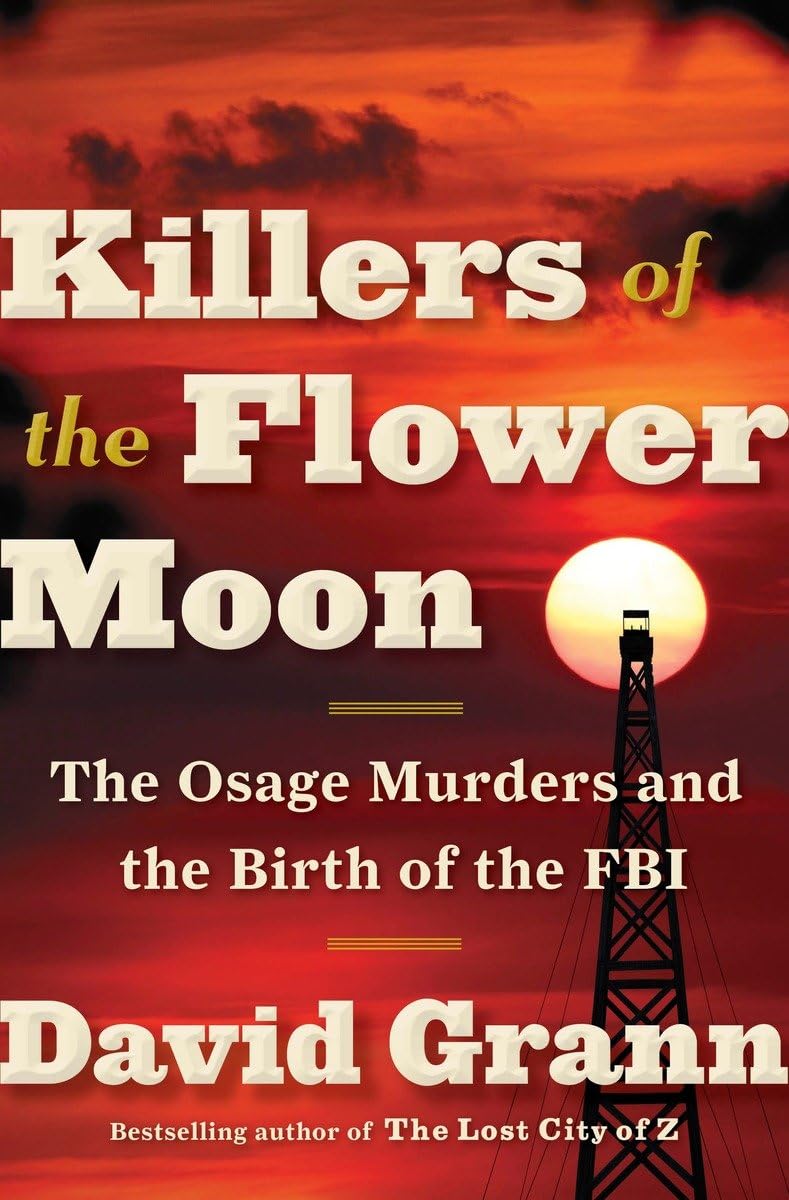Chapter 7: This Thing of Darkness
byIn February 1923, during a bitterly cold winter in Fairfax, Oklahoma, two men made a gruesome discovery when they stumbled upon an abandoned automobile lodged in a rocky ravine. This tragic event, which could be likened to the unfolding of This Thing of Darkness, became even more harrowing upon closer examination when law enforcement uncovered the mummified body of Henry Roan, a forty-year-old Osage man who had been shot in the head at close range, executed with the precision of someone ensuring his death. Roan’s murder was particularly chilling due to his past connections to both the Osage and white business elites, including William Hale, who had posed as a benefactor to the Osage while secretly orchestrating schemes to defraud and kill them.
Roan had once been married to Mollie Burkhart, and despite their separation, he had maintained friendly ties with several key figures in Osage society. In the months leading up to his murder, Roan had been struggling with mounting debts and personal betrayals, including his wife’s rumored infidelity, which further complicated the motives behind his death. Mollie, already haunted by the unexplained deaths of her family members, felt an overwhelming sense of dread but remained silent about her past connection to Roan, fearing how her husband, Ernest Burkhart, might react to any lingering attachment she held for her former spouse.
The Osage Tribal Council, alarmed by the steady and systematic elimination of their people, pleaded for federal intervention, recognizing that local law enforcement had failed to protect them. Many believed that corrupt officials, in collusion with white businessmen, had deliberately ignored or even participated in the crimes, making it impossible to trust the authorities to bring the murderers to justice. The tribal leaders, facing mounting fear and frustration, turned to the federal government, demanding that the full force of the law be brought upon those responsible for the relentless killings.
As tensions escalated, terror struck again in Fairfax when a massive explosion rocked the home of Bill and Rita Smith, reducing it to charred rubble and instantly killing Rita and their servant, Nettie. Bill, though severely injured, clung to life for a few days, but his final moments offered no revelations about who had orchestrated the attack, leaving the community without answers. The bombing sent a clear and brutal message—those who stood in the way of powerful men seeking Osage wealth would be eliminated without hesitation.
The brazenness of these murders drew national attention, prompting Governor John Walton to intervene, yet his efforts were ultimately ineffective, as corruption had infected every level of local and state government. His eventual removal from office only confirmed what many Osage people already suspected—those in power were more interested in protecting the perpetrators than bringing them to justice. The murderers seemed to act without fear of consequences, using bribery, legal loopholes, and sheer brutality to maintain their grip on Osage fortunes.
Further proof of the conspiracy emerged when W.W. Vaughan, an attorney who had gathered incriminating evidence, was found dead under suspicious circumstances after attempting to expose key conspirators. Vaughan had risked everything to bring justice to the Osage, but his murder sent an undeniable message that no one—no matter how powerful or well-intentioned—was beyond the reach of the killers. The Osage community, gripped by fear and helplessness, took drastic measures, installing “fraid lights”—gas lanterns that burned through the night—outside their homes, hoping to deter further attacks.
Despite these efforts, the cycle of violence persisted, leaving the Osage trapped in a nightmare where death was inevitable and justice seemed impossible. The stark contrast between the prosperity brought by their oil wealth and the unchecked brutality they endured highlighted a dark reality of greed-fueled genocide—where money was worth more than human life. As the federal government finally began to take notice, many wondered whether it was too little, too late, and if the powerful forces behind the Osage murders would ever truly be held accountable.


